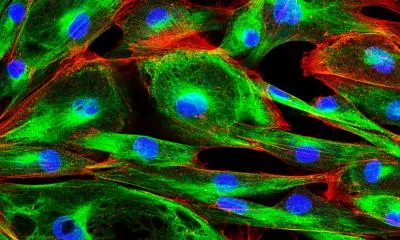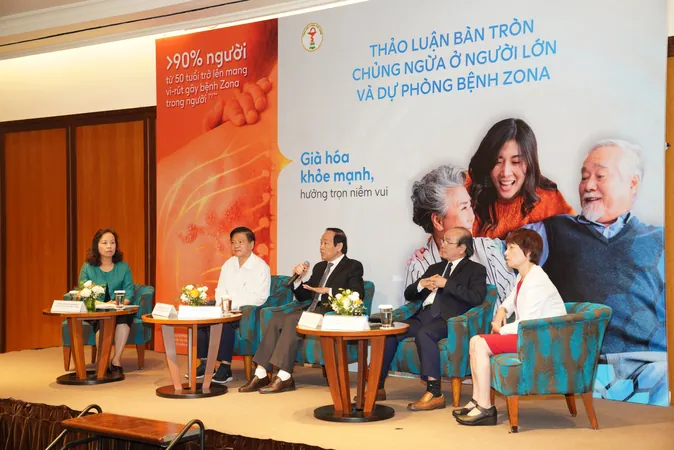
Unveiling the Link Between Fibroblast Subtypes and Skin Cancer Aggressiveness: A New Hope for Therapy!
2024-11-24
Author: Wei Ling
Recent Research Findings
Recent research published in *Nature Communications* has shed light on the complex and often overlooked role of fibroblasts in skin cancer. These specialized connective tissue cells, crucial for wound healing and tissue repair, are now recognized as significant players in the tumor microenvironment, particularly in solid tumors.
Study Overview
The study conducted at MedUni Vienna's Department of Dermatology represents a groundbreaking investigation into the diverse subtypes of cancer-associated fibroblasts (CAFs) across various skin cancers, including basal cell carcinoma, squamous cell carcinoma, and melanoma. Using advanced single-cell analysis techniques, the researchers identified three distinct CAF subtypes:
Identified CAF Subtypes
1. **Myofibroblast-like RGS5+ CAFs** 2. **Matrix CAFs (mCAFs)** 3. **Immunomodulatory CAFs (iCAFs)**
Distribution and Function
Remarkably, the distribution of these subtypes shifts in response to the aggressive nature of the tumors. The mCAFs, found predominantly in less aggressive tumors, produce extracellular matrix proteins and help form a barrier around tumor nests, potentially inhibiting the infiltration of immune cells such as T cells. Conversely, iCAFs are present in higher concentrations in aggressive forms of skin cancer, like invasive basal cell carcinoma and high-grade melanoma.
Immunomodulatory Capabilities
What's more intriguing is the immunomodulatory capabilities of two of these fibroblast subtypes. iCAFs produce a plethora of signaling molecules that can attract and activate immune cells, thus playing a pivotal role in the tumor's interaction with the immune system. Beate Lichtenberger, the study leader, emphasized the potential for targeting these subtypes for therapeutic purposes. She noted, “Our findings suggest that healthy fibroblasts respond to the environment created by cancer cells and can adopt iCAF-like behaviors.”
Therapeutic Implications
This evolving understanding opens new avenues for cancer treatment, particularly immunotherapy. Lichtenberger highlighted that through targeted treatment of CAF subtypes, especially the iCAFs, there’s the potential to significantly enhance the immune response against tumors and curb their spread.
Conclusion
The implications of this research are profound; it could lead to innovative therapeutic strategies that make skin cancer treatments substantially more effective. As researchers delve deeper into this cellular complexity, the prospect of more personalized and effective therapies for skin cancer becomes increasingly tangible.
Future Updates
Stay tuned for future updates as science continues to unravel the mysteries of cancer biology!



 Brasil (PT)
Brasil (PT)
 Canada (EN)
Canada (EN)
 Chile (ES)
Chile (ES)
 España (ES)
España (ES)
 France (FR)
France (FR)
 Hong Kong (EN)
Hong Kong (EN)
 Italia (IT)
Italia (IT)
 日本 (JA)
日本 (JA)
 Magyarország (HU)
Magyarország (HU)
 Norge (NO)
Norge (NO)
 Polska (PL)
Polska (PL)
 Schweiz (DE)
Schweiz (DE)
 Singapore (EN)
Singapore (EN)
 Sverige (SV)
Sverige (SV)
 Suomi (FI)
Suomi (FI)
 Türkiye (TR)
Türkiye (TR)